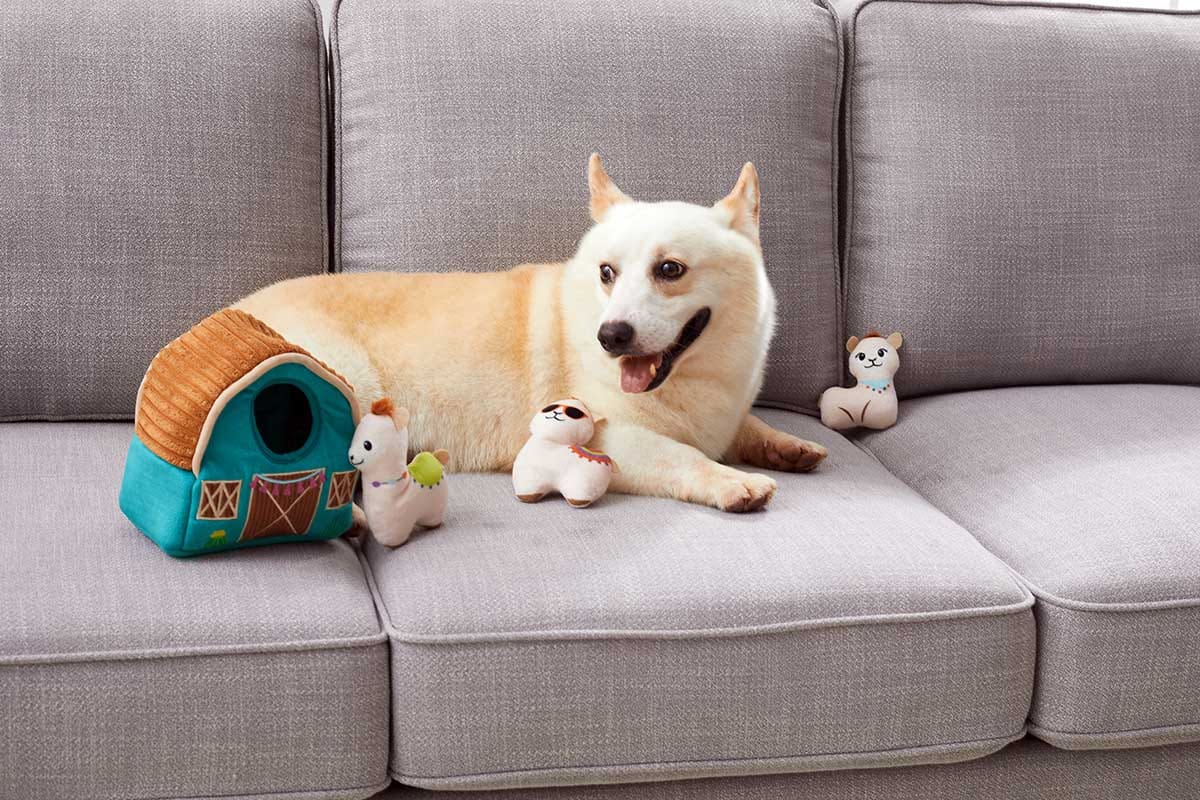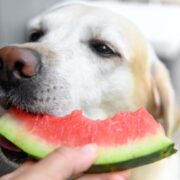Have you noticed your cat eating non-edible objects, like houseplants, plastic bags, rubber bands, or shoelaces? While your kitty still loves cat food and catnip, she’s also munching on things that she isn’t supposed to be eating. She may be experiencing pica, a condition you might or might not have heard of.
By learning more about pica, you can address this condition and curb this strange cat behavior in your furry friend.
What Is Pica?
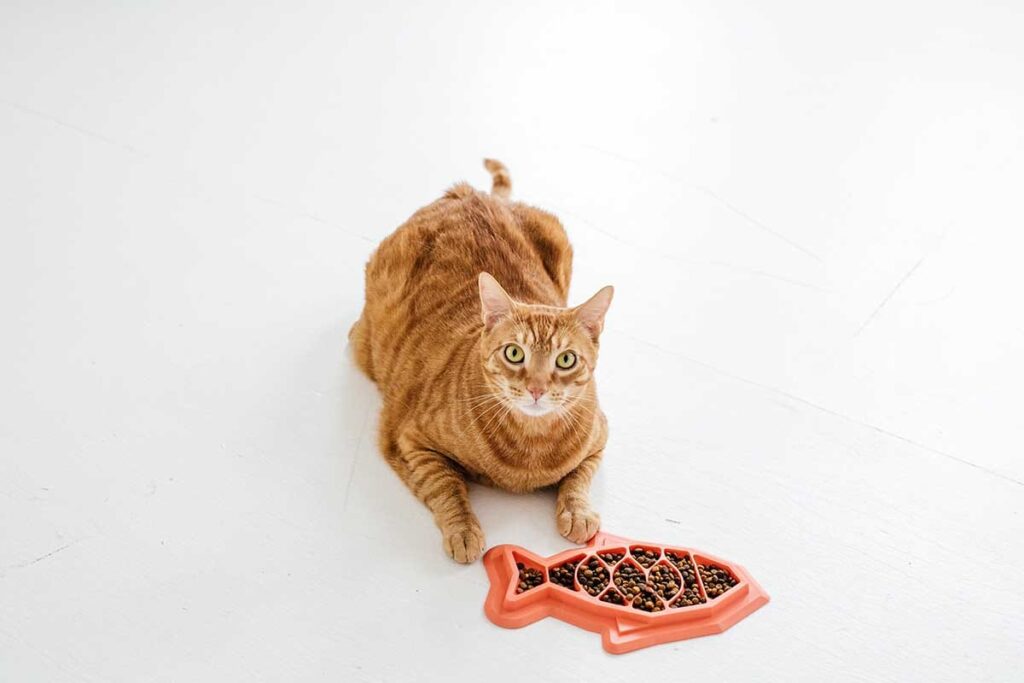
Pica in cats is a condition where cats start eating and ingesting non-edible items.
Your cat may eat the fabric of her toys, chew on your houseplants, or nibble on your shoelaces, for instance.
Feline pica could be a cause of concern, but you’ll need to ask your veterinarian and observe your cat’s behavior before taking any steps to solve the problem.
What Are the Causes of Pica?

The medical causes of pica vary. Your cat may have strange cravings because she’s anemic, for instance. If your cat is eating mostly plants, this could be because she has anemia.
She could also have nutritional deficiencies or mineral deficiencies she’s trying to solve. Some other medical issues your cat could be going through include constipation, pancreatitis, feline immunodeficiency virus (FIV), hyperthyroidism, feline leukemia, brain tumors, and diabetes.
Some cats have a genetic predisposition to pica. Wool sucking, which may be the first sign that your cat has pica, is a habit that Birman, Oriental, and Siamese cats tend to have.
Your cat may have been weaned too early and is substituting it with pica. If you are raising a small kitten, you should ask your vet when it’s best to switch over from her mother’s milk.
Other issues that your cat may be dealing with are compulsive disorder or anxiety. Another possibility is that your cat is simply bored. She may not be getting enough mental or physical stimulation and is eating, ingesting, or sucking on household objects to keep herself occupied.
How Pica Can Be Dangerous
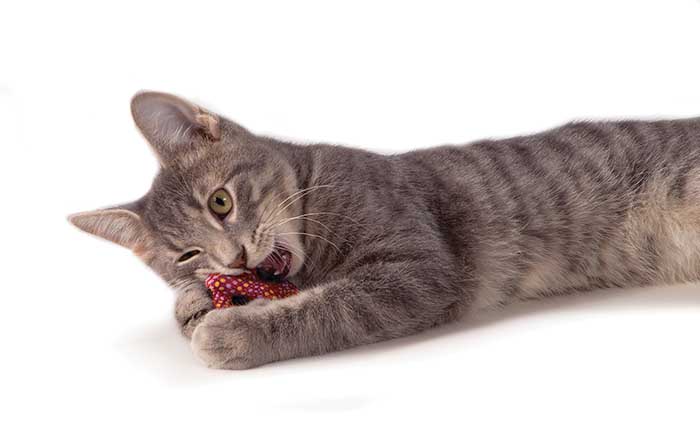
Pica can be dangerous if your cat is ingesting non-food items that can cause blockages in her intestine. An intestinal blockage is a severe condition that could require surgery.
Additionally, she could experience gastrointestinal issues like diarrhea, constipation, upset stomach, or end up throwing up after eating an inanimate object. She may also end up eating a plant that is poisonous to her and needs to be rushed to the DVM.
Plants that are poisonous to cats include chrysanthemums, English ivy, and tulips. Some cats chew on electrical cords, which is very unsafe. Usually, if your cat is engaging in wool sucking or sucking other objects that are fuzzy and soft, this won’t lead to any issues.
Treating Pica in Cats

The first step you should take is to contact your veterinarian if you see that your cat is experiencing pica. Your vet will need to rule out any health problems. If they do discover health issues, then your vet will let you know what to do next.
If your cat has anxiety or compulsive disorder, you might need to put her on anxiety medication or make changes to her environment at home to relieve her worries.
For instance, you could get her a cat bed and put it in a room with a door so she has a private space to go to when she becomes upset.
A pet hut provides the ultimate cozy and snuggling experience. It offers 360 degrees of coverage so your cat can hide away and burrow, and it’s machine washable, so you can just throw it in with the laundry when it gets dirty.
It’s especially important to give your cat her own space, including a bed if you’ve moved into a new home.
Another way to help your bored or anxious cat is to stimulate her physically and mentally with cat toys. Play with her throughout the day and give her toys she can play with when you’re not around, like chew toys and puzzle games.
For example, the Buggin’ Out Puzzle & Play Cat Game has 16 hidden treat compartments where you can hide her favorite cat food she can find and nibble on. This game will tap into your cat’s natural foraging instincts and encourage a healthy eating pace.
Pica in Cats: Taking Additional Steps to Protect Your Cat

Along with addressing any relevant medical conditions and ensuring your cat is properly stimulated, there are some other things you can do if your cat has pica.
If you’re a cat owner who also loves houseplants, make sure you keep any plants that are dangerous for your cat out of her reach. Also, if she goes for the electrical cords or plastic bags, hide them as much as possible.
Another step to take is to purchase cat grass or catnip to replace the non-food items your cat has been eating. You can also see about changing your cat’s diet. Ask your veterinarian about the food they recommend based on your cat’s age and breed.
In general, cat food should include a good source of protein from a named protein like salmon, chicken, or lamb. Taurine, which is an essential amino acid, water, fatty acids, vitamins, minerals, and enzymes should also be in the food.
Don’t look for the cheapest cat food; instead, go with high-quality food to keep your cat healthy and fit.
You can also contact an animal behaviorist to discuss your cat’s pica as well as any other behavior problems she may be experiencing. They could give you some further insight on how to use positive reinforcement training to help your cat.
Keeping Pica at Bay
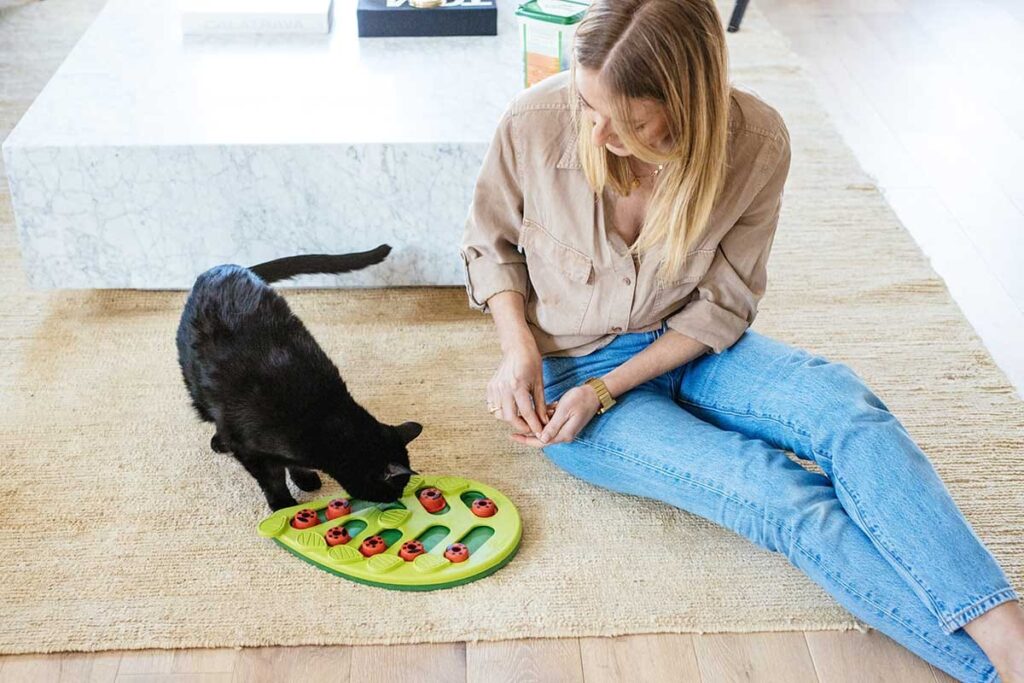
By contacting your vet and taking the right steps to tackle your cat’s pica, you should be able to resolve the problem. Then, you’ll know that your cat is healthy and living the best life possible.
